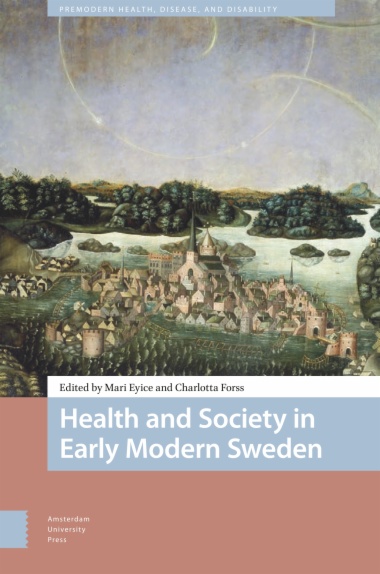The understanding of what health is and how it can be maintained has changed through history. Questions like who can perform healing? and what sort of bodies are considered healthy? have elicited widely divergent responses in different societies. This volume explores how health was understood and practiced in the early modern Nordic region, with a focus on Sweden, including Finland. The chapters examine topics such as the dyslexia of Charles XI, lay perceptions of bodily and mental variability, and the health benefits attributed to using the sauna. Together, the essays give a holistic view of how practices of health evolved in close symmetry with societal institutions and localised worldviews. As such, the volume is a timely intervention into the social history of medicine, contributing to the historicisation of health as a concept and shedding light on developments in the Nordic world.
- Cover
- Table of Contents
- Acknowledgements
- 1. Meanings of Health in Early Modern Sweden
- Charlotta Forss and Mari Eyice
- 2. Illness as Incapacity to Work in Early Modern Sweden
- 3. The Body in the Bathhouse: Health and Bathing in Early Modern Sweden
- 4. ‘Somewhat Heated, Quick and Lively’: Humoral Explanations of the Learning Difficulties of Charles XI of Sweden (1655–1697)
- 5. Health in Body and Soul in a Female Birgittine Convent 1516–1522
- 6. Curing Madness and Mental Disturbances: Religious Healing Activities in Early Modern Swedish Local Communities
- 7. Not Quacks but Close: Reappraising the Role of Physicians on the Eighteenth-Century Medical Market
- 8. Gender, Health, and Hair in Sweden, 1740–1840
- 9. Gender Norms and Early Modern Healthcare: Barber-Surgeons in Sweden c. 1600–1900
- Epilogue: Epistemologies of Body and Soul: Considering the Early Modern and (Late) Modern History of Health
- Index
- List of Tables and Figures
- Figure 3.1.: Almanac for May 1675. Two bathers represent the Zodiac sign Gemini. The almanac advises bathing on 1, 8, and 13 May. Stephanus Fuhrman, Almanach, På thet Åhret effter wårs Herres Jesu Christi Nåde rijke Födelse 1675 (Stockholm, [1674]). Image:
- Figure 6.1 and 6.2.: Figure 6.1 shows an opened Rosén–Georgii medicine chest with booklet, glued-in label, and original bottles and tins, many of which still contain the medicaments specified in the booklet. Figure 6.2 shows a selection of glass containers
- Table 1.: Barber-surgeons examined, 1861–1900, women and men.

